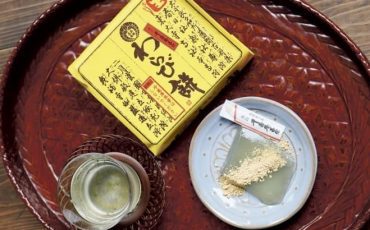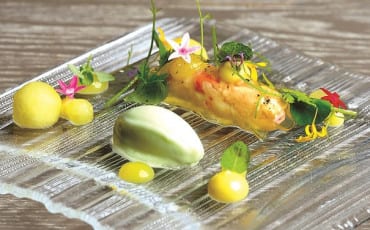Articles
Seasons
Apr 28, 2016
Happy Children’s Day!
So important are children in Japanese culture that they are celebrated in one of Japan’s five major festivals, Tango no Sekku. Taking place on May 5 every year, Tango no Sekku also marks the beginning of the rainy season. The festival was known as Boys’ Day, while Girls’ Day was celebrated two months earlier, in March 3. However, in 1948, the government decreed May 5 to be a national holiday to celebrate the happiness of all children, as well as to express gratitude towards mothers. The name of the festival has since been changed to Kodomo no Hi (Children’s Day).
While there is little official documentation about the origins of this festival, it’s commonly believed that Tango no Sekku was celebrated from about 593 A.D., during the reign of Empress Suiko.
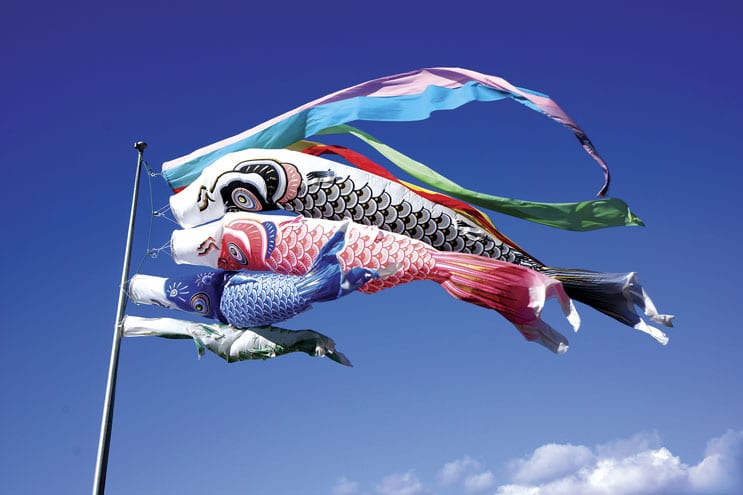
Symbols of Strength
On May 5, colourful carp-shaped Koinobori flags are flown outside houses and public buildings to bring luck, health and good fortune to children. The carp has symbolic meaning in Japanese culture; it is considered a “spirited” fish because it’s so full of energy and determination that it’s able to overcome obstacles and swim upstream. The legend goes that the carp who manages to complete his ascend upstream will become a dragon. The carp’s strength and determination stands for courage and the attainment of lofty goals.
Figures of Kintaro riding a large carp are also displayed on this day. Kintaro is the childhood name of Sakata no Kintoki, a samurai hero in the Heian period (794-1185) who was known for his superhuman strength. Legend has it that Kintaro was so strong and brave that he rode bears, rather than horses!
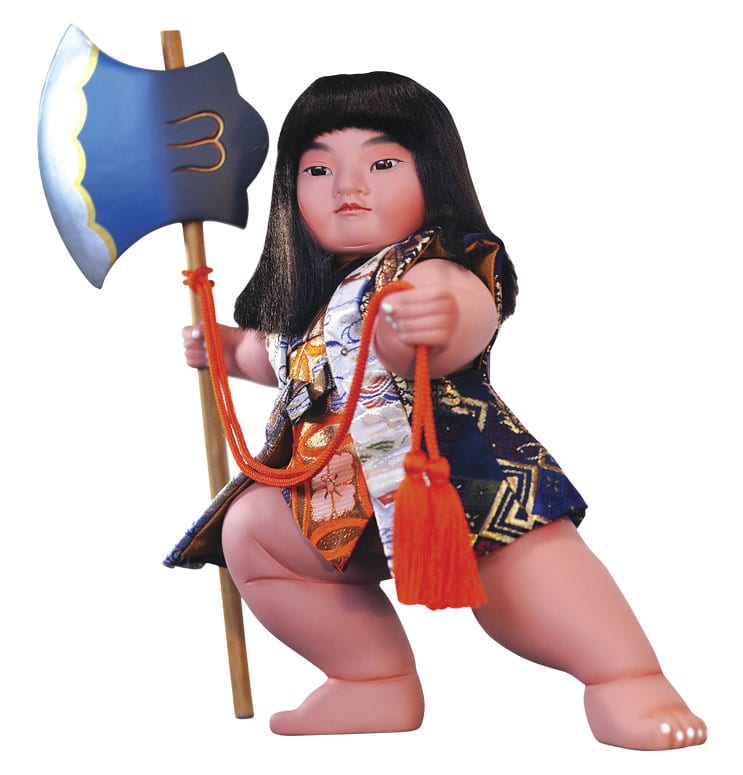
Sweet Treats
During this time of the year, traditional sweet shops are especially crowded with people buying special sweets to commemorate this festival. Chimaki — sweets made with rice powder and wrapped in bamboo leaves — are commonly eaten, though the ingredients used to prepare these delicacies may differ from region to region.
Another delicacy that is enjoyed on Tango no Sekku is kashiwa mochi. These are rice cakes made from glutinous rice powder with a sweetened soybean paste filling. The cakes are wrapped in oak leaves, which represent the continuation of the family line, as old oak leaves don’t fall off until a new sprout appears.
With the arrival of warmer weather, there’s so much to see and do, as you’ll find out in the pages that follow. Be sure to make a date with Japan this spring!
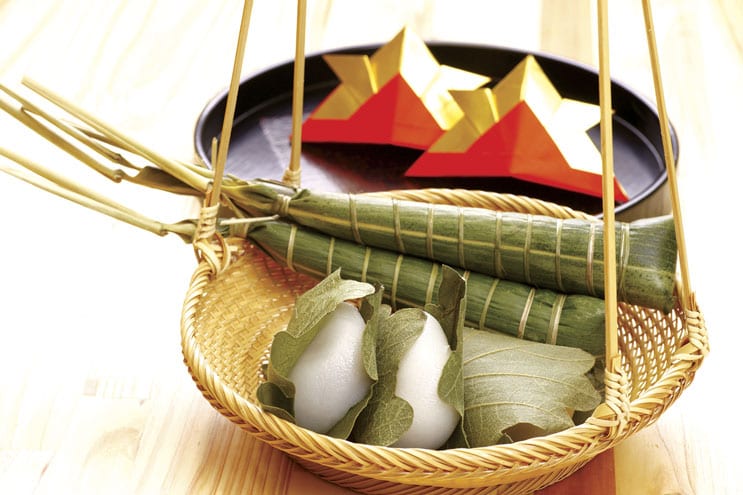
(TEXT DENISE LI)





